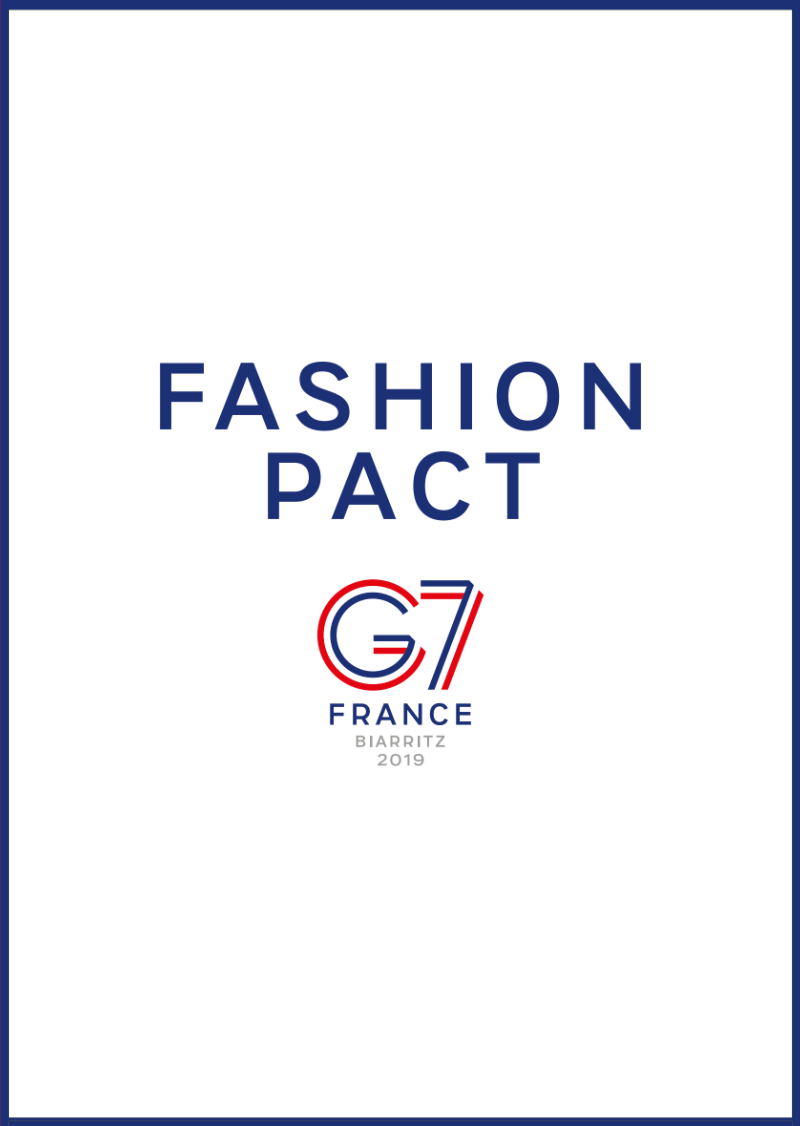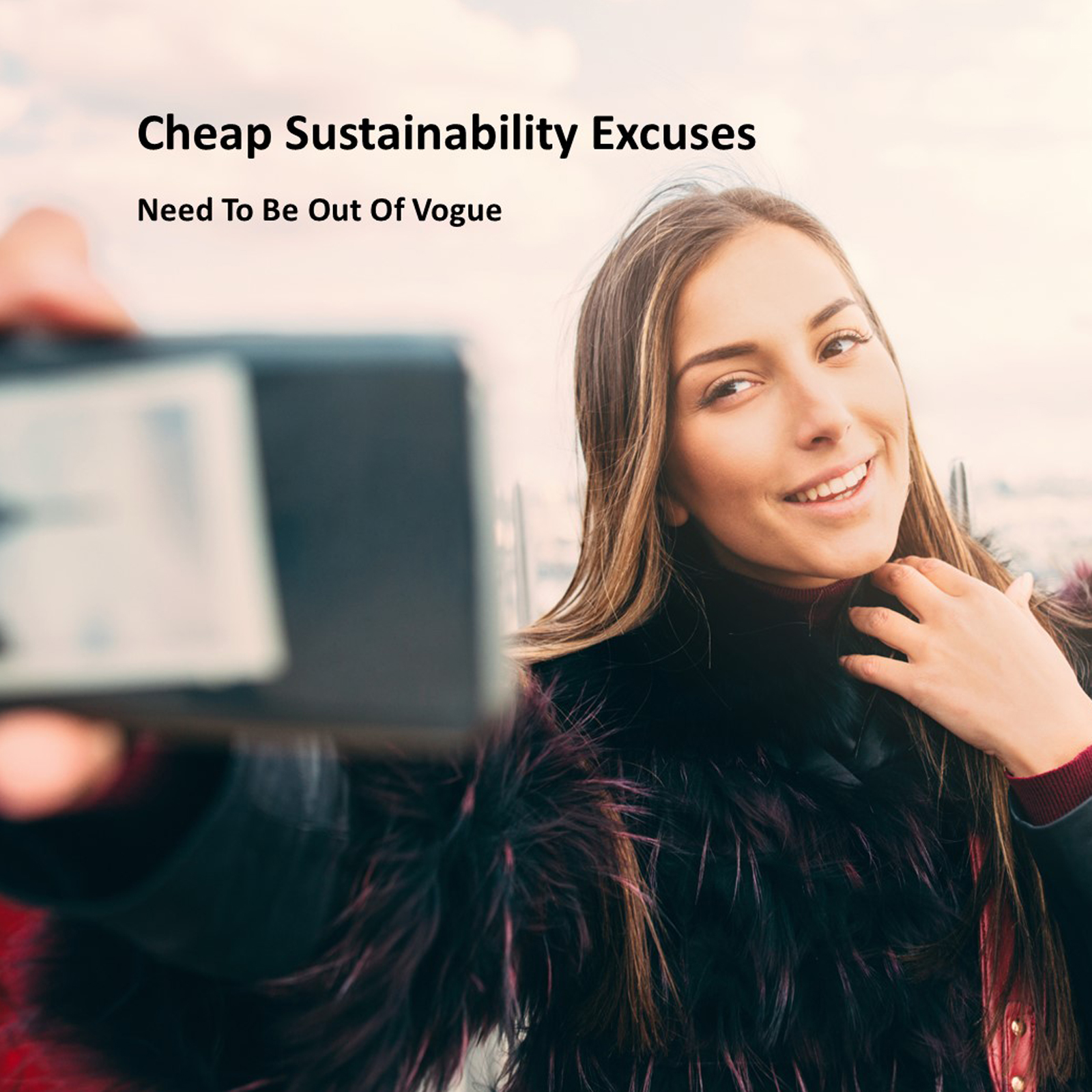Luxury Fashion’s Blinkered Response

Image Paolo_Toffanin
Lynn Johnson
15 June, 2020
Barely a day goes by without seeing some variation of the headline COVID-19’s Impact On The Fashion Industry.
In the last week, Zara announced 1,200 store closures, Mulberry announced plans to cut 25% its global workforce. The world’s biggest luxury brands are discussing how sales are suffering due to their airport stores being closed. I have read articles about how the artisanal fashion world has been badly affected by the pandemic, as has textile production in India.
All this has led to a joint statement from the British Fashion Council and Council of Fashion Designers of America regarding the need for a fashion industry reset. Other publications, such as Global Fashion Agenda’s CEO Agenda COVID-19 Edition discussed a humanitarian and existential crisis [for the industry].
What is fascinating in all these words, articles and dramas is, given that COVID-19 is a novel zoonotic disease none have discussed the fashion industry’s use of exotic and endangered animals. Company supply chains use both captive breeding facilities and wild-harvested ‘product’.
While ‘sustainability’ is the word on the fashion industries lips, repeatedly one of the most fragile ‘components’ of the luxury fashion business is left out of the sustainability conversation – endangered wildlife. COVID-19 is the result of business, including luxury retail and fashion, being blinkered to this most fragile component in its supply chain. Just what needs to happen for (luxury) fashion to break out of this tunnel vision? Sadly, the use of exotic and endangered species by the fashion industry falls into no man’s land between vegan fashion and pro-wildlife trade fashion; their main area of overlap being animal welfare.

Image Brus_Rus
The result is that endangered species, those listed for trade restrictions under CITES (the Convention on International Trade in Endangered Species of Wild Fauna and Flora) have been ignored for decades. In a recent email Eva Kruse, CEO of GFA, she said “The legal trade in endangered species is a critical issue and not one we have engaged with in depth before here at Global Fashion Agenda. With regards to biodiversity as a topic, we find that our community of brands and retailers generally hold a low level of knowledge in this area.” What makes this astonishing is that a 2016 European Parliament said “The wildlife trade is one of the most lucrative trades in the world. The legal trade into the EU alone is worth €100 billion annually.”
On Monday evening, I sat through a session of The Act #ForNature Global Online Forum hosted by the UN Environment Assembly. The session I chose to watch was Adapt to Thrive: transformational change for nature and business. During this session Business For Nature CEO, Eva Zabey, used the example of Kering Chairman and CEO, François-Henri Pinault chairing The Fashion Pact as an example of the fashion industry doing something practical about the need to align business with a ‘nature-positive’ approach. As this example was given, HowToSpendItEthically.Org would like to clarify The Fashion Pact’s commitment to the CITES listed endangered species used in the fashion industry supply chain.
Firstly, what is the Fashion Pact? French President, Emmanuel Macron proposed a mission to Kering Chairman and CEO, François-Henri Pinault to bring together ‘a global coalition of companies in the fashion and textile industry (ready-to-wear, sport, lifestyle and luxury) including their suppliers and distributors, all committed to a common core of key environmental goals in three areas: stopping global warming, restoring biodiversity and protecting the oceans.’
From the site: The “Pact” contains best efforts that are concrete (i.e. visionary but achievable) and that intend to directly address each of the priority areas.
It goes on to say: The “Pact” will not reinvent the wheel but create an overarching framework for action in relation to the One Planet Lab work streams. This includes direct links to the significant work already taking place in existing initiatives within the fashion sector in the manufacturing part of supply chains. The new targets will build on the existing initiatives such as Apparel Impact Institute, C&A Foundation, Ellen MacArthur Foundation, Fair Fashion Center, Fashion For Good, Sustainable Apparel Coalition, Textile Exchange, The United Nations Framework Convention on Climate Change (UNFCCC), UN International Labour Organization/Better Work, ZDHC. The aim is to ensure that new actions will fill the “gaps” across fashion supply chains.
Did you notice what is missing? CITES, whose aim is to ensure that international trade in specimens of wild animals and plants does not threaten their survival. How can this not be included when one of the 3 goals of the pact is restoring biodiversity and direct exploitation for trade has been confirmed as the second biggest contributor to the extinction crisis, playing a greater role than climate change?
The industry has a blind spot in relation to its use of wildlife, be it by accident or deliberate. This has been apparent from going through publications, announcements, talks, conference proceedings etc. If wildlife ever features – and it almost never does – it is only in the context of considering animal welfare issues.
But I shouldn’t single out The Fashion Pact, exotic and endangered species are not covered in GFA publications, CEO Agenda or the Pulse of Fashion Report. Similarly, they are not included in a UK parliament report titled Fixing Fashion: clothing consumption and sustainability (Fashion: it shouldn’t cost the earth) or Copenhagen Fashion Week 3-Year Sustainability Action Plan; in February Vogue said Copenhagen was first major fashion week to ensure its brands are taking sustainability seriously based on this plan.
So right now when Kering and the (luxury) fashion industry says it is working to reverse biodiversity loss, HowToSpendItEthically.Org response is mais non!

Subscribe To
[mc4wp_form id=”29″]





